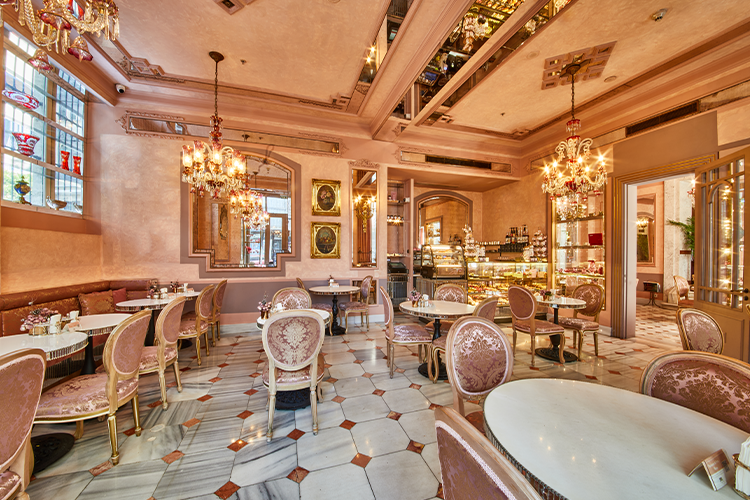The Byzantine Structures of Istanbul Continue to Exist Today
The Byzantine Empire is one of the most important empires in history. The existence of Byzantium was maintained in Istanbul for long periods. The city was commemorated by Byzantium until 1453, that is until the conquest of Istanbul. Here are the Byzantine structures that still exist in Istanbul, the capital of three empires!
Basilica Cistern
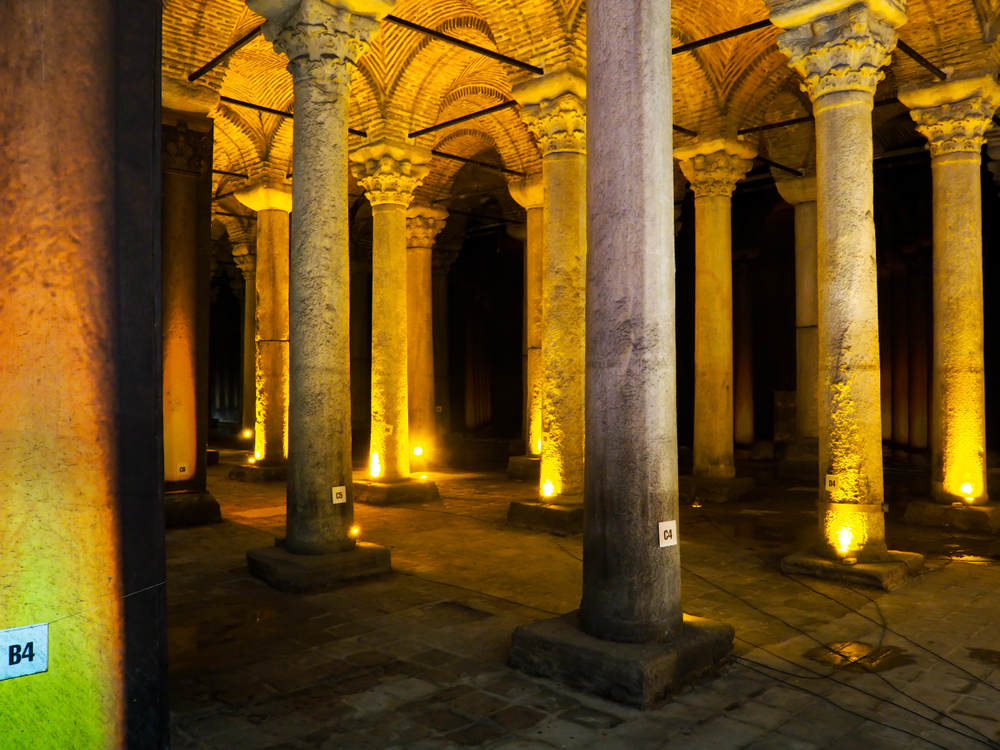
The Basilica Cistern is known as the ”Yerebatan Palace” because it is almost like a palace. The structure belongs to the Justinian period. There are two Medusa heads in the structure. With the conquest of Istanbul, the building was used for some time; Afterwards, it was forgotten because of the dislike of the Ottoman’s stationary water. The cistern had been discovered in the 1500s by the two travellers who were visiting Istanbul during their journey, and after that, it had many restorations.
Cemberlitas Column
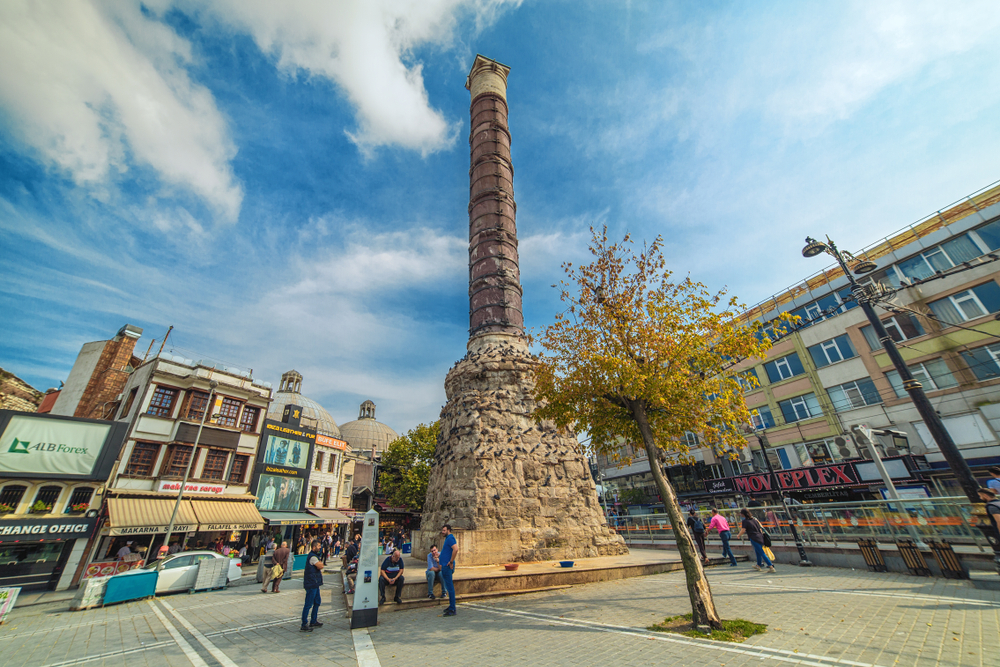
Built-in 330 AD in honour of Emperor Constantine I, the building is located in the district of Cemberlitas. The structure consists of 8 pillars and one pedestal. These columns are connected to each other with a weight of 3 tons and with a diameter of 3 meters.
Pantokrator Church
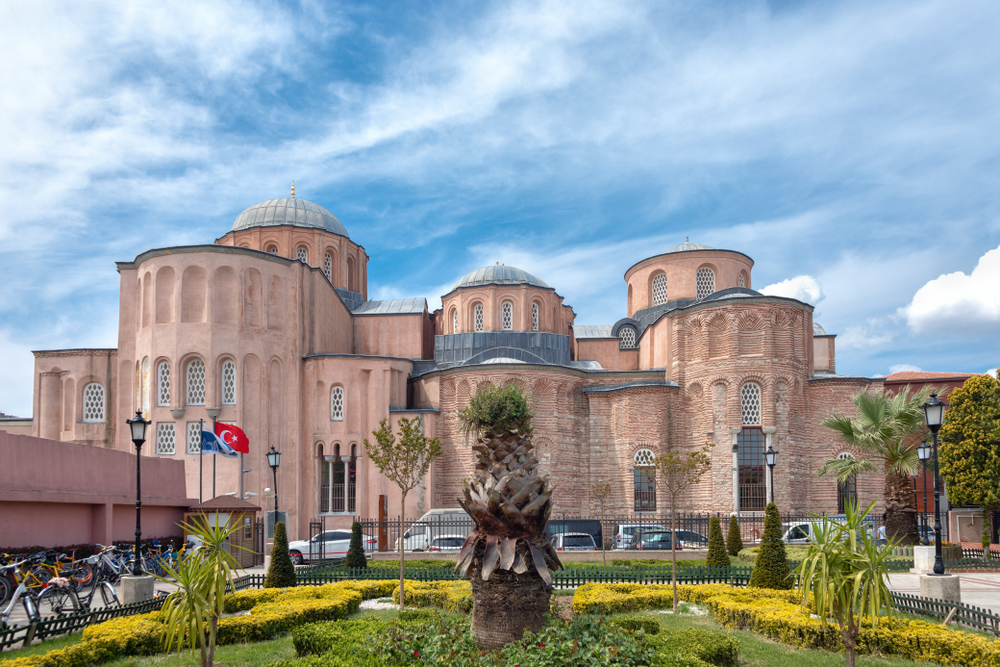
The Church of Pantokrator, now known as Zeyrek Mosque, means “omnipotent”, one of the attributes of Jesus. You can see the structure when going to Valens Aqueduct. It is one of the most significant Byzantine works in Istanbul. It was used as a madrasa after the conquest.
Valens Aqueduct
This structure, known as the Bozdoğan Aqueduct, was built by Valens. It has a height of 20 meters, two floors and one kilometre long. With this arch, water was brought from Belgrad Forests and moved to the pool called Büyük Çeşme.
Hagia Sophia

Hagia Sophia which is the meaning of Holy Wisdom has a significant place for world heritage and architectural history. The church of Hagia Irene (Holy Peace), which is located just behind it, reflects the characteristics of Jesus. This structure was completed in 5 years with 10,000 workers, 100 masters. The building was converted into a museum during the period of Atatürk. Today, it is one of the most important symbols of interfaith tolerance.
The Column of Constantine (Braided Column)
The construction date of the Column of Constantine is not known precisely. Therefore, it is called Constantine, who restored the work in the 10th century. Once upon a time, the column was covered with gold-plated bronze plates. But today it is not possible to see these plates. Because the plates are known to be robbed by the Crusaders.
The Church of Kiriotissa
Today, Theotokos Kiriotissa Church, known as the Kalenderhane Mosque, was built in the 12th century. It is located in front of the aqueducts in Şehzadebaşı. The first frescoes dedicated to the death of St. Francis of Assisi are found here. St. Francis is also the name of the city of San Francisco. Today these frescoes are covered.
Church of Pammakaristos
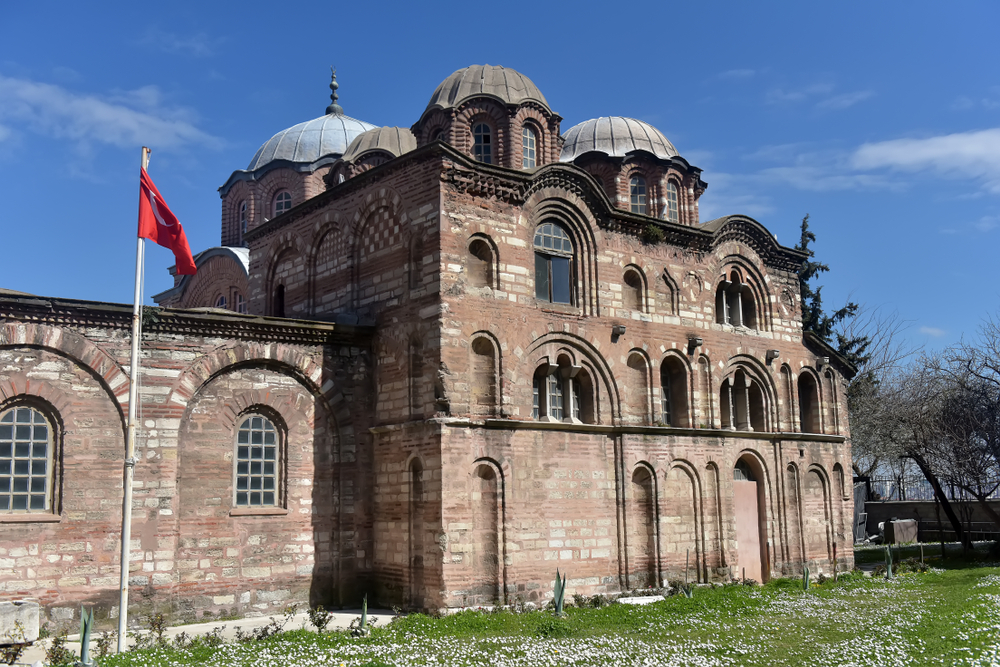
The Pammakaristos Church, built by Ioannes Komneos and his wife in the 12th century, was used as a Greek Orthodox Patriarchate for a time. This church, which is located in Fatih district, took the name of Fethiye Mosque with the conquest of Azerbaijan and Georgia during the reign of Sultan Murat III. Pammakaristos means “the joyful mother of God”. The mosaics inside are as crucial as Hagia Sophia and Kariye.
Arcadius Column (Avrat Stone)
The Arch of Arcadius was built by the Emperor Arcadius between 395-408. The purpose of the column is the eternalization of the victory against the barbarians. The construction of the structure began with the order of Arcadius, but its completion continued until the era of his son, Theodosius II. It is located on Haseki Women Street in Cerrahpaşa. But today it is possible to see only the pedestal instead of 40 meters.
Church of Ioannes Studios
The Ioannes Studios Church, which was founded as a monastery by the Eastern consul Studios between 456-463, is located in Fatih. It is an essential religious centre in the Eastern Roman period. The structure is significant for Early Christian Architecture. The clerics found here are known as “Sleepless”, because they have never been sleeping, and have alternated ritual.
These articles may also be of interest to you:
Destination Guide for Those Who Will Travel to Istanbul During the Summer
12 Places To Visit In Istanbul For Cultural Tourism Purposes


